The Mabuse Boxset
I am writing this review with a level of assumed knowledge from you, the reader, so beware that this does contain information that may spoil the films for those who have not seen them.
The great Austrian director Fritz Lang made many great films in his career, both in Germany and America, but began in 1919 with a series of films for the Decla-Bioscop studio, most notably the two part Die Spinnen (The Spiders) films. His next big hit was the ambitious 4 ½ hour film Dr. Mabuse, der Spieler (Dr. Mabuse, The Gambler) in 1922. Released in two parts a month apart, the subtitles gave it an air of authenticity with it claiming to be 'Ein Bild der Zeit' (A Document of the Times) and 'Ein Spiel um Menschen unserer Zeit' (A Game for People of our Time). Made and released during the turbulent Weimar Republic when hyperinflation saw savings disappear, the nation humbled and virtually bankrupted due to the crippling sanctions imposed after the First World War, Dr. Mabuse, der Spieler saw Lang and his wife Thea von Harbou adapt a novel by Norbert Jacques to depict a criminal mastermind as the source of all the strife in the country. Rudolf Klein-Rogge plays the titular character, though whether he really is Dr. Mabuse is a source of some academic dispute; as David Kalat mentions in the commentaries, Dr. Mabuse is only a name, the man behind the crimes and with no particular identity.
In the first part of Dr. Mabuse, der Spieler, he is a master of disguise, heading out into society under a number of guises and swindles people out of their money by his amazing powers of hypnosis. Meanwhile Mabuse is busy orchestrating elaborate assassinations, thefts, counterfeiting schemes and stock market scams. Desperate to catch this criminal is Detective Wenk who seemingly chases shadows around Berlin, always one step behind his foe. Keen to find the answer to the question 'where is Mabuse?', the clue is in the question 'who is Mabuse?' as every lead is a dead end with a bemused citizen as the name that the mastermind has chosen as one of his aliases.
Though two films, neither makes sense without seeing the other, Kalat draws a comparison between this and Kill Bill, a massive film split into two and both depending on the other for narrative coherency. Lang's film is much better than Tarantino's, an almost impenetrable analogy for the chaos in Weimar-era Berlin and a prophetic statement of the dictatorship to come.
Eleven years after der Spieler, Das Testament des Dr. Mabuse picks up where the first film left off, with Dr. Mabuse as a lunatic now safely locked away and mutely scribbling page after page of apparent nonsense. The head of the asylum, Professor Baum, tries to understand Mabuse's output but seems to become possessed by the arch-criminal who promptly dies. Mabuse's writings seem to provide a template for the crimewave wreaking havoc and investigating it all is Commissioner Lohmann. A disgraced detective, desperate to clear his name, had infiltrated one of Mabuse's gangs, but ended up insane as he was unable to finish an all-important telephone call to the Commissioner where he hoped to tell of the man behind the curtain.
With Mabuse now dead, there is a shadow behind a curtain who gives instructions to criminals but his identity is unknown and an ex-con, now in one of these gangs because he can't gain employment in any other form, is dragged into dangerous territory with his girlfriend when he tries to find out the mastermind's identity.
Fritz Lang was keen to tell anyone who would listen how this film was banned by the Nazis as Goebbels objected to the similarity between Mabuse's writings and the Nazi party's slogans and Lang, as a half-Jew, fled Germany for France after being offered the job of running the film department in the Ministry of Popular Enlightenment and Propaganda. Though this is not strictly true, the film does echo the turmoil in Germany and the rise of Hitler.
It is a carefully plotted film with a serpentine narrative that takes some following which leads to a rewarding dénouement and one of the finest car chases ever committed to celluloid.
Nearly forty years after the first Dr. Mabuse film, Fritz Lang returned to Germany after his self imposed exile in Hollywood to make Die 1000 Augen des Dr. Mabuse. Old and nearly blind, Lang had lost none of his intransigence and plans to make this a simultaneous German and English film (in the same way that Testament was a German and French film) fell through when he refused an American understudy.
In Cold War Germany, a man is assassinated at traffic intersection in the same way that someone was killed by one of Mabuse's henchmen nearly thirty years earlier and the event was prophesised by the mysterious psychic Cornelius. Though the initial report said that the man died of a heart attack, a tiny dart in his brain proved Cornelius right and the psychic is the only man providing Inspector Kras with any useful information.
Meanwhile a woman is talked down from the ledge on Hotel Luxor, where she had planned to throw herself to her death, by rich American industrialist Henry Travers. He begins obsessing over Marion and is offered a room next to hers with a two way mirror hidden in the closet. Travers refuses but takes the room to prevent anyone else from having it and abusing the system. He isn't the only one with secret access to someone else as the entire hotel is fitted with hidden cameras and someone, somewhere, is watching.
Set up almost like a whodunit but without an 'it', Lang and screenwriter Heinz Oskar Wuttig establish a range of strange characters, each with their own suspicious nature from outgoing insurance salesman Hieronymus B. Mistelzweig to Marion's psychiatrist Dr. S. Jordan. What really unfolds is almost as labyrinthine as the other two films but with a more clear-cut ending.
There is a problem with the casting as Peter van Eyck is too stiff and lifeless to be a realistic love interest - someone like Cary Grant was needed to play Travers - and Dawn Addams just isn't interesting or enigmatic enough as Marion. However, Werner Peters' Mistelzweig is a great character and the twists and turns are really well executed until the revelatory ending. It dawned on me whilst watching this that the Wachowski's must have seen the film several times as the way the camera draws back through the monitor is exactly mirrored in The Matrix when Neo's interrogation is watched by The Architect. It wasn't just them that embraced the film which was met with mixed, mostly negative reviews upon its release with the only positive criticism coming from France in the Cahiers du cinema where people like François Truffaut and Claude Chabrol embraced Lang's experimental directorial style which undoubtedly had a huge impact on the Nouvelle Vague (Chabrol would direct the last of the ten Mabuse films in 1989, Docteur M).
These films were made at different stages in Germany's history and in Lang's development as a filommaker so can be watched individually as a commentary on post-war Germany suffering under hyperinflation and crime, a strong and confident country under the leadership of Adolf Hitler and a country divided at the height of the Cold War. Each is exceptionally well made and, with the exception of 1000 Augen, with a lead actor who gives a formidable performance. Rudolf Klein-Rogge is the pick of the bunch as a great silent actor who dominates the screen even in a variety of disguises as his piercing eyes and sheer presence make him a great actor in one of his finest roles.
These are open to repeated viewings and you will get something new out of the films each time, especially if you watch them, listen to the commentary and then revisit them. Though all three are excellent pictures, I personally think der Spieler is the best as it was made under severe financial constraints and showcases Fritz Lang at the peak of his powers as a silent movie director. Testament is fascinating and 1000 Augen is incredibly prophetic in its depiction of a microcosm of a 'Big Brother' state with cameras everywhere.
The Disc
Extra Features
David Kalat, the film academic who wrote the 'Mabuse Bible', The Strange Case of Dr. Mabuse: A Study of the Twelve Films and Five Novels, demonstrates his knowledge and eloquence in over eight hours of movies. Quoting widely from films and literature including Lotte Eisner's The Haunted Screen and Seigfried Krakauer's From Caligari to Hitler, Kalat provides informative, revealing and extremely well researched commentary tracks that will be invaluable to film scholars and enthusiasts alike.
There are also three video featurettes concentrating on the score for der Spieler, on Norbert Jacques' creation and the various themes and motifs which make the three films a true trilogy.
The first, Mabuse's Music (12 min), is really interesting and makes you realise just how much work goes into properly scoring a silent film, with Aljoscha Zimmermann explaining how he studied the original scores for the films Lang made around Der Spieler to properly recreate what would have been played in cinemas at the time.
The second, Norbert Jacques: The Literary Inventor of Dr. Mabuse (9 min), shows how his books fit into the trilogy, influencing and being influenced by the films.
The third, Mabuse's Motives (30 min), explores just why Dr. Mabuse is such a great character and why he has appeared in a dozen films and is referenced in numerous other pieces of culture, exploring the themes from such films as Nosferatu, Faust and Spione to show where Mabuse fits in to the cinematic movement of the early 1920s.
There is also a fifteen minute interview with Wolfgang Preiss (who played Cornelius in 1000 Augen) about his experiences working with Fritz Lang, his career in general and what he thinks of the Mabuse films. It is a rare treat as it was shot only months before he died yet Preiss is articulate and his memory is intact. The alternate ending to 1000 Augen from the French print is also included and I'm not sure which I prefer.
The set comes with three booklets (one for each film) which I have only seen in PDF format but they look up to the standard of previous booklets for The Masters of Cinema releases: highly informative, well presented and a great read, containing pictures, interviews and essays.
The Picture
All three films are presented in their original aspect ratios and in the most complete version available with very good picture quality. Considering they span nearly 40 years and the earliest was from 1922, a great deal of work has obviously gone into restoring their picture and der Spieler looks as good as can be expected with grain and scratches that a film of that age will always have; Testament fares better but then the negative wasn't so hard to come by and is eleven years younger. Obviously, 1000 Augen is the clearest of the three but all are very good with good contrast levels.
The Sound
This is an odd set in that one is a silent picture and two are 'talkies' and the score for der Spieler is excellent with Aljoscha Zimmermann's 2001 score driving the tension, pace and emotion and the featurette (see above) shows that he did his homework which pays dividends. The other two films are suitably well scored and the German dialogue is clear with excellent English subtitles. 1000 Augen is the oddity as it was made with a multinational cast so the German version was dubbed and this disc comes with both the German and English soundtracks, both of which are clear.
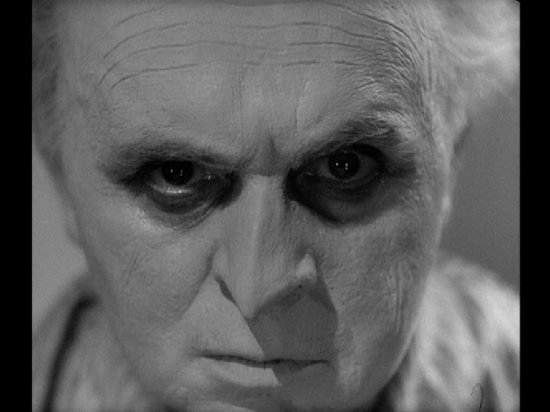
Final Thoughts
Dr. Mabuse is a fantastic creation, the sort of arch-criminal who can be moulded to represent just about any time of social turmoil - a Mabuse film could be made now with him as a global financier who has orchestrated the current recession and made a fortune. He is also the great anti-hero who you find yourself almost cheering on despite knowing of his criminal deeds.
Each film in this set is a terrific piece of filmmaking by a true great, a master of cinema to use the series title! The quality and extras rivals, if not exceeds the excellent Criterion Collection releases, making this set a must-buy for any true cinephile and fan of Lang's work.
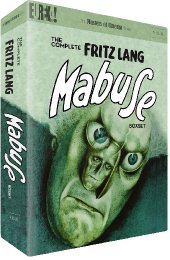
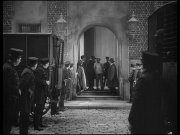
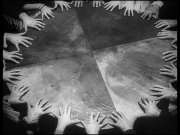
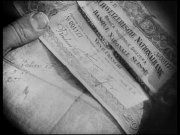

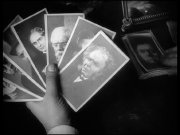
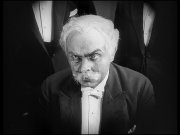
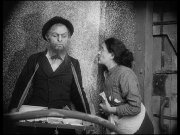
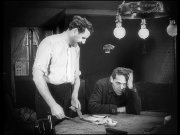
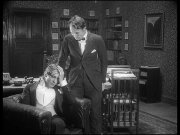
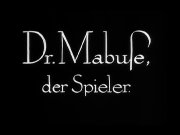
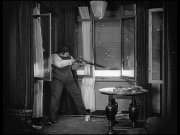
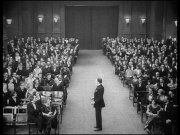
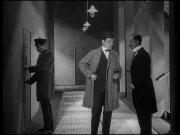

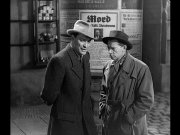
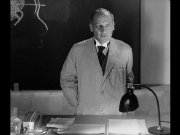

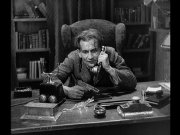
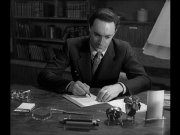
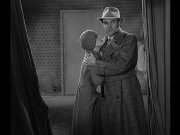
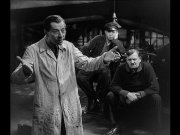
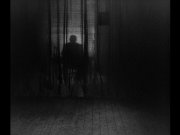
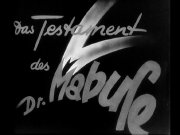
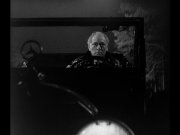
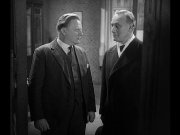
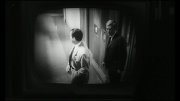
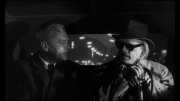

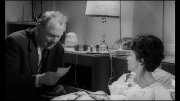
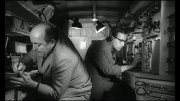
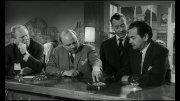
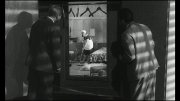
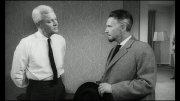
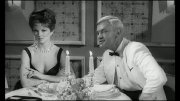

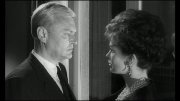
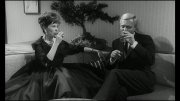
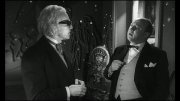


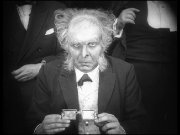
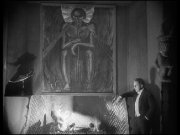
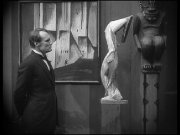
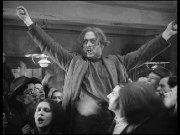
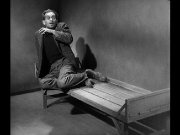
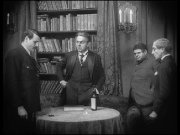
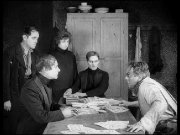
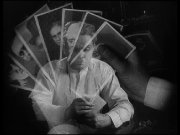

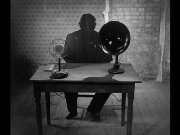
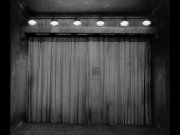
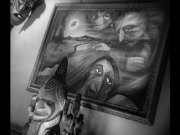
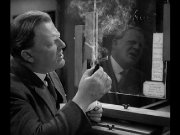
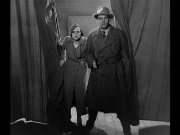
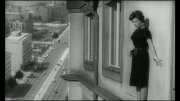
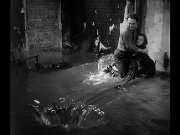
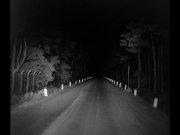
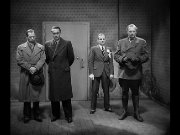
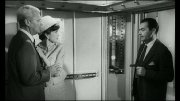
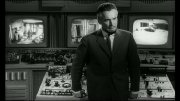

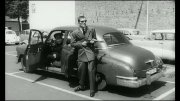
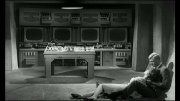










































Your Opinions and Comments
Be the first to post a comment!